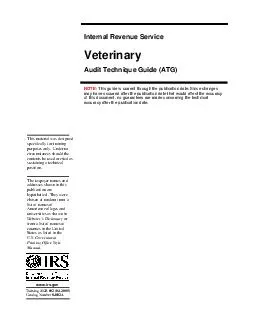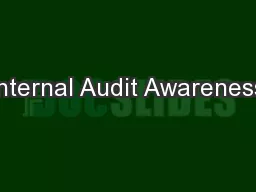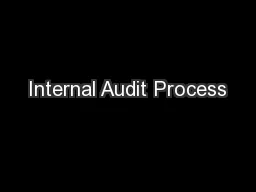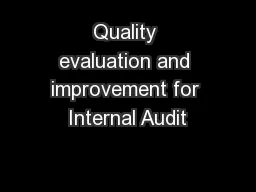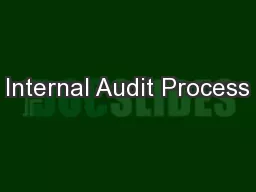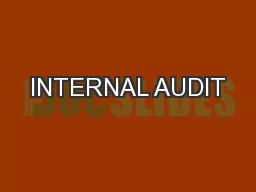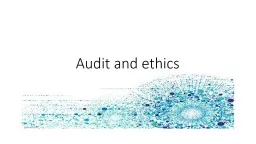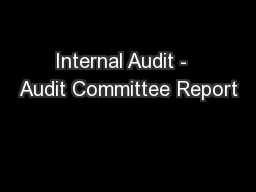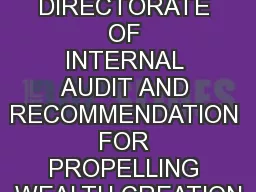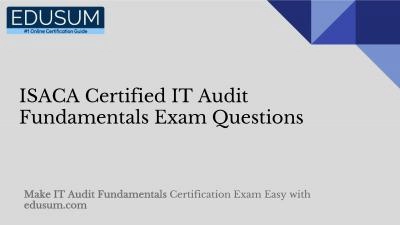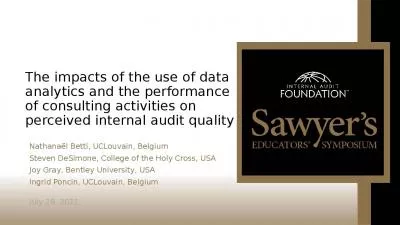PDF-Internal Revenue Service Veterinary Audit Technique Guide ATG
Author : emery | Published Date : 2021-10-06
x0000x0000 NOTE This guide is current through the publication date Since changes may have occurred after the publicatio date that would affect the accuracy ent no
Presentation Embed Code
Download Presentation
Download Presentation The PPT/PDF document "Internal Revenue Service Veterinary Au..." is the property of its rightful owner. Permission is granted to download and print the materials on this website for personal, non-commercial use only, and to display it on your personal computer provided you do not modify the materials and that you retain all copyright notices contained in the materials. By downloading content from our website, you accept the terms of this agreement.
Internal Revenue Service Veterinary Audit Technique Guide ATG: Transcript
Download Rules Of Document
"Internal Revenue Service Veterinary Audit Technique Guide ATG"The content belongs to its owner. You may download and print it for personal use, without modification, and keep all copyright notices. By downloading, you agree to these terms.
Related Documents

